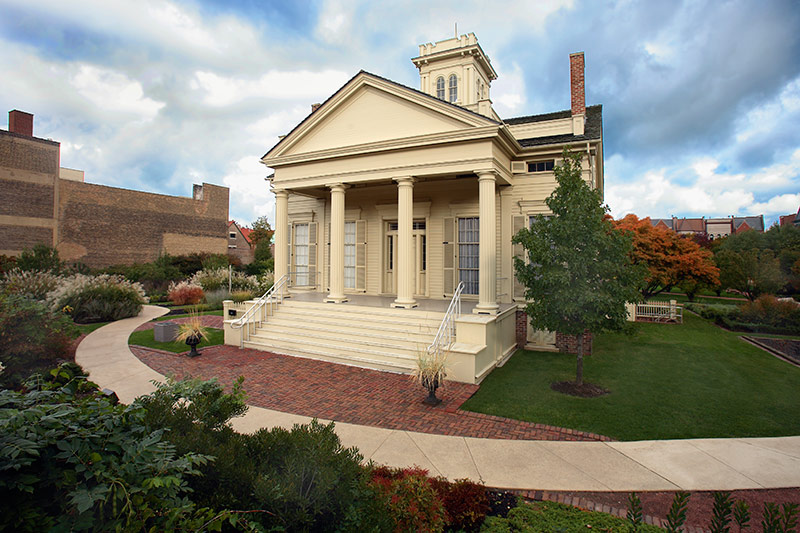A Glimpse into the African American Experience in Early Chicago


In the land of Lincoln fugitive slaves and freemen established Chicago’s first Black community in the 1840s, with the population nearing 1,000 by 1860. Although hindered by discrimination through both state and federal laws, these courageous men and women of African descent thrived in the growing city inspire of the racism that taunted them every step of the way. Still they sought to help others do the same. Learn about their challenges and triumphs during turbulent times with presentations by four noted historians:Dr. Christopher R. Reed, Glennette Tilley Turner, Dr. Victoria L. Harrison and Steven M. LaBarre. The day will conclude with a tour of Clarke House Museum. Don’t miss this fascinating glimpse into the African American experience in early Chicago.
PRESENTATIONS
- 10 am Black Life in Earliest Chicago, Up to the Civil War Dr. Christopher R. Reed
- 11:15 am The Underground Railroad in Illinois Glennette Tilley Turner
- 1 pm “We Are Here Assembled”: Illinois Colored Conventions, 1853-1873 Victoria L. Harrison
- 2:30 pm Freedom for Themselves: Chicago’s Black Soldiers in the Civil War Steven M. LaBarre
EXHIBITORS
- Bronzeville Visitor Information Center
- Chicago Public Library Harsh Research Collection
- DuSable Museum of African American History
The symposium will take place Saturday April 25, 2015, from 9am to 5 pm at the Glessner House Museum located at 1800 S. Prairie Ave., Chicago, IL 60616.
The Admission is $30 per person (includes parking, breakfast and lunch refreshments)
$25 for Students, Museum Volunteers, Docents and IL Colonial Dames. The seating is limited.
Pre-paid reservations requested should call 312.326.1480 also for more information visit the Website at www.glessnerhouse.org
Built in 1836 for Henry B. Clarke, the Clarke House Museum is Chicago’s oldest house. The house shows what life was like for a family in Chicago during the city’s formative years before the Civil War. Its fascinating history began at a time when Chicago received its city charter and much of the area was still undeveloped prairie. Over the years, the house survived fires, belonged to a church and was moved twice. (During the second move, the house was stuck in the air for two weeks.) The house is now located in the Chicago Women’s Park in the Prairie Avenue Historic District, and operated as a museum by the Chicago Department of Cultural Affairs and Special Events.
The Department of Cultural Affairs and Special Events is dedicated to enriching Chicago’s artistic vitality and cultural vibrancy. This includes fostering the development of Chicago’s non-profit arts sector, independent working artists and for-profit arts businesses; providing a framework to guide the City’s future cultural and economic growth, via the 2012 Chicago Cultural Plan; marketing the City’s cultural assets to a worldwide audience; and presenting high-quality, free and affordable cultural events for residents and visitors.
